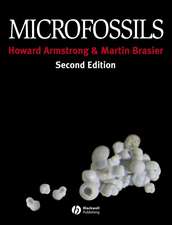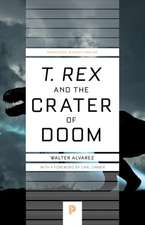Use of Confocal Laser Scanning Microscopy for Studies in Paleobotany
Autor Shi Chrisen Limba Engleză Paperback – 31 mar 2013
Preț: 329.35 lei
Nou
Puncte Express: 494
Preț estimativ în valută:
63.04€ • 64.96$ • 53.22£
63.04€ • 64.96$ • 53.22£
Carte tipărită la comandă
Livrare economică 03-17 martie
Preluare comenzi: 021 569.72.76
Specificații
ISBN-13: 9783659347498
ISBN-10: 3659347493
Pagini: 88
Dimensiuni: 152 x 229 x 5 mm
Greutate: 0.14 kg
Editura: LAP Lambert Academic Publishing AG & Co. KG
Colecția LAP Lambert Academic Publishing
ISBN-10: 3659347493
Pagini: 88
Dimensiuni: 152 x 229 x 5 mm
Greutate: 0.14 kg
Editura: LAP Lambert Academic Publishing AG & Co. KG
Colecția LAP Lambert Academic Publishing
Notă biografică
Chris Shi was born in Chengdu, China and moved to the United States at a young age. He received his B.S. in Biology from the University of Minnesota and M.S. in Geology from the University of California, Los Angeles (UCLA). He is currently pursuing his PhD in Geology at UCLA and is interested in the Ediacaran fossils of the late Neoproterozoic.







